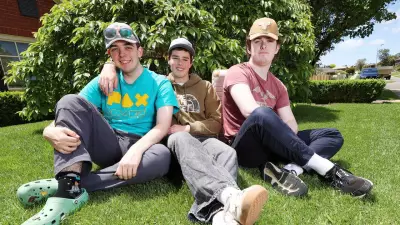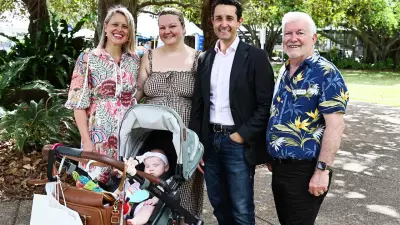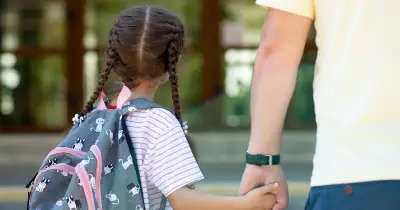
Asbestos Contamination Forces School Closures Across Multiple States
Multiple schools and early learning centres in the Australian Capital Territory were forced to close on Friday after laboratory testing confirmed the presence of asbestos in coloured sand used for children's art and sensory activities. The discovery has also led to the closure of at least one school in Brisbane as authorities investigate potential exposure risks.
The contamination was identified in Kadink Decorative Sand, with WorkSafe ACT issuing a formal contamination notice on Thursday after tests confirmed traces of chrysotile asbestos. This development follows an earlier product recall initiated by the Australian Competition and Consumer Commission (ACCC) for three separate coloured sand products: Educational Colours Rainbow Sand (1.3kg), Creatistics Coloured Sand (1kg), and Kadink Sand (1.3kg) in various colours, due to potential contamination with tremolite asbestos, another type of the hazardous material.
Understanding the Contamination and Health Risks
The contaminated sand products were manufactured in China and sold through major Australian retailers including Officeworks and Woolworths between 2020 and 2025. While asbestos has been banned in Australia since 2003, this incident highlights ongoing challenges with imported products.
Health experts emphasize that while any asbestos exposure is concerning, the risk in this case appears low. Professor Brian Oliver from the University of Technology Sydney explains that asbestos is most dangerous when airborne and inhaled. "The potential of exposure should be taken very seriously, as asbestos can be deadly. But it is not a cause for panic; the risk in this case is low," he stated.
Children may face higher long-term risks from exposure because health complications like mesothelioma, lung cancer, and asbestosis can take decades to develop. Younger people have more time for these conditions to potentially emerge. WorkSafe ACT hasn't released specific contamination levels but describes the risk as low, suggesting minimal amounts were detected.
Safe Disposal Guidelines for Affected Products
Parents and educators who have the recalled sand products should follow strict safety protocols for disposal. WorkSafe ACT recommends wearing:
- Disposable gloves sealed with tape
- A P2-rated face mask (not standard dust mask)
- Protective eyewear
When handling the contaminated material, carefully double-wrap the sand and its container in heavy-duty 200-micron plastic bags, seal with tape, and clearly label the package as asbestos waste. Most importantly, avoid any actions that could make dust or fibres airborne during the process.
Detailed disposal information for each state and territory is available through the Asbestos and Silica Safety and Eradication Agency website. Anyone concerned about potential exposure should consult their general practitioner for medical advice.





